I am really happy to I first discovered Helen Stephens’ work through her gorgeous picture book The Night Iceberg (see my review here), and of course since then I have also discovered the rather gorgeous The Big Adventure of The Smalls (see my review here). I am delighted to welcome Helen to Library Mice, and to present her Fabulous Five.
Helen Stephens studied illustration at Glasgow School of Art and began working as a freelance illustrator in 1994. She worked as an editorial illustrator for a few years before writing her first book in 1998. She has written and illustrated many popular books for children which have been published worldwide in a variety of languages. As well as writing her own stories she has also produced books in collaboration with other authors including Roger McGough, Simon Mason and Sophie Hannah. Fleabag has been shortlisted for the Blue Peter Best Fun Story With Pictures Award 2009, and Blue Horse and Tilly won Best World Theme Story in 2002.
Her next book, How to Hide a Lion, will come out in the autumn, and she is presently working on illustrating a story written by Michael Morpurgo for Egmont, which takes places in Venice (you can see some sketches of it on Helen’s blog here).
After fifteen years in London, she and her family have recently moved to the countryside in Northumberland.
by Helen Stephens
David Lucas
This book makes my voice wobble every time I read it. I get such pleasure from reading each word in this sad, but hopeful and beautiful book.
‘There was once a robot with a broken heart. They tried their best to fix him, but it wasn’t any good. So he was sent to sit on the scrapheap, with all the other old machines.’
The illustrations are perfectly in harmony with the words, a beautiful subtle colour palate and decorative lines.
This is a really thought provoking book. Edwardo’s behaviour is clearly linked to the projections of the adults around him: the more Edwardo is labelled horrible, the more horrible Edwardo becomes. Until one day a man thinks that when Edwardo kicked over a pot of flowers, he was really just gardening.
‘I see you are starting a little garden, Edwardo. It looks lovely.’
Edwardo becomes the nicest boy in the whole wide world, but it isn’t as simple as that, and that is what I love about this book. He is still a little untidy, cruel, dirty, messy, clumsy, noisy, nasty and rude. And aren’t we all?
It is all done from a child’s point of view, whilst making us adults think about our relationships with children too, without seeming preachy.
The illustrations are typical Burningham, expressive and scratchy. The text is minimal and the illustrations are an integral part of the story.
One of the most beautiful sad books I’ve ever read. Tove’s decorative and graphic illustrations have a very limited palate that helps create a very distinct world, where only Toffle and some other recognisable characters from The Moomins could live. There are lots of wonderful spreads, but there is one in particular that always sticks in my mind, it is the one where Toffle is leaving his home in the foggy grey gloom of the forest. He’d rather be alone in the woods, than alone in his house, it seems slightly more bearable. The dawn forest is drawn in black and grey, with only a spot of yellow light coming from the little lamp in his house, and Toffle is tiny on the double page spread, a little black figure heading off to who knows where.
Joel Stewart
I think this one moves me so much because I can associate with Berner Bear’s feeling of being new in a big city. Arriving in a big city, but somehow losing touch with what brought you there in the first place. It is only when he remembers the deep joy of playing his trumpet that he remembers what gives his life meaning, and brings pleasure and joy to others. The illustrations are beautiful, how to describe them… they are in the tradition of Edward Ardizzonne I suppose, well drawn, delicate, animated lines.
It’s an obvious choice, but this really is a good book. It is so raw and terrible and beautiful. Michael Rosen is full of human faults, he is sad, and sometime angry, it makes him do bad things. But he’s not a bad man. My three year old often asks me to read her this book, even though she has never known anyone who has died. She asks question after question about why the man is sad, where is his boy, Eddie? She puffs her cheeks in and out and says she is ‘the sad man’.
Thank you so much Helen for this wonderful collection. Picture books are so important to help children deal with sadness, whatever its roots, and those are five wonderful examples of how effective they can be. Sad Book is unbearably harrowing, and yet wonderful in some many ways.



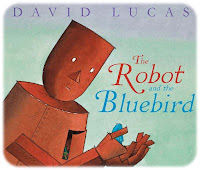

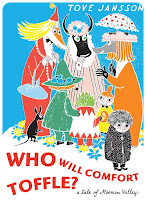


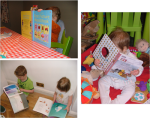
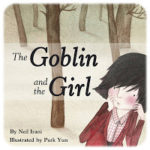
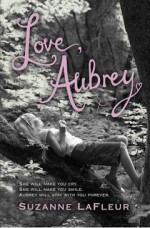
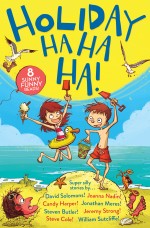
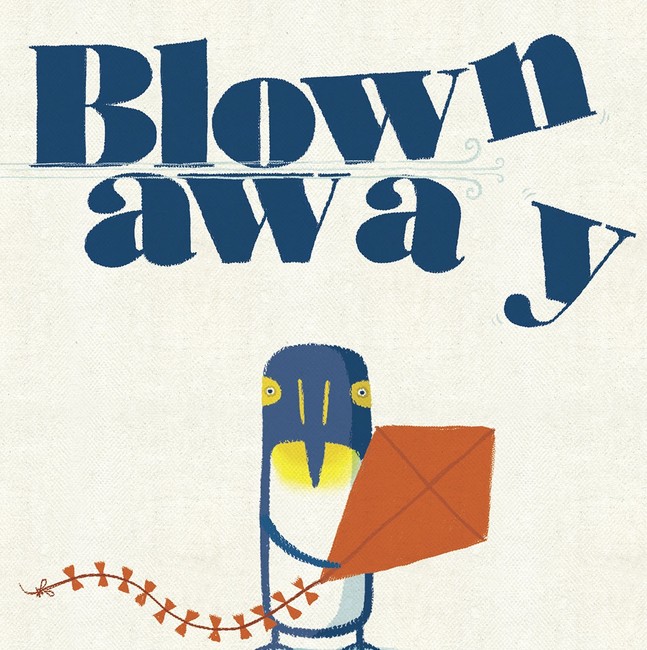
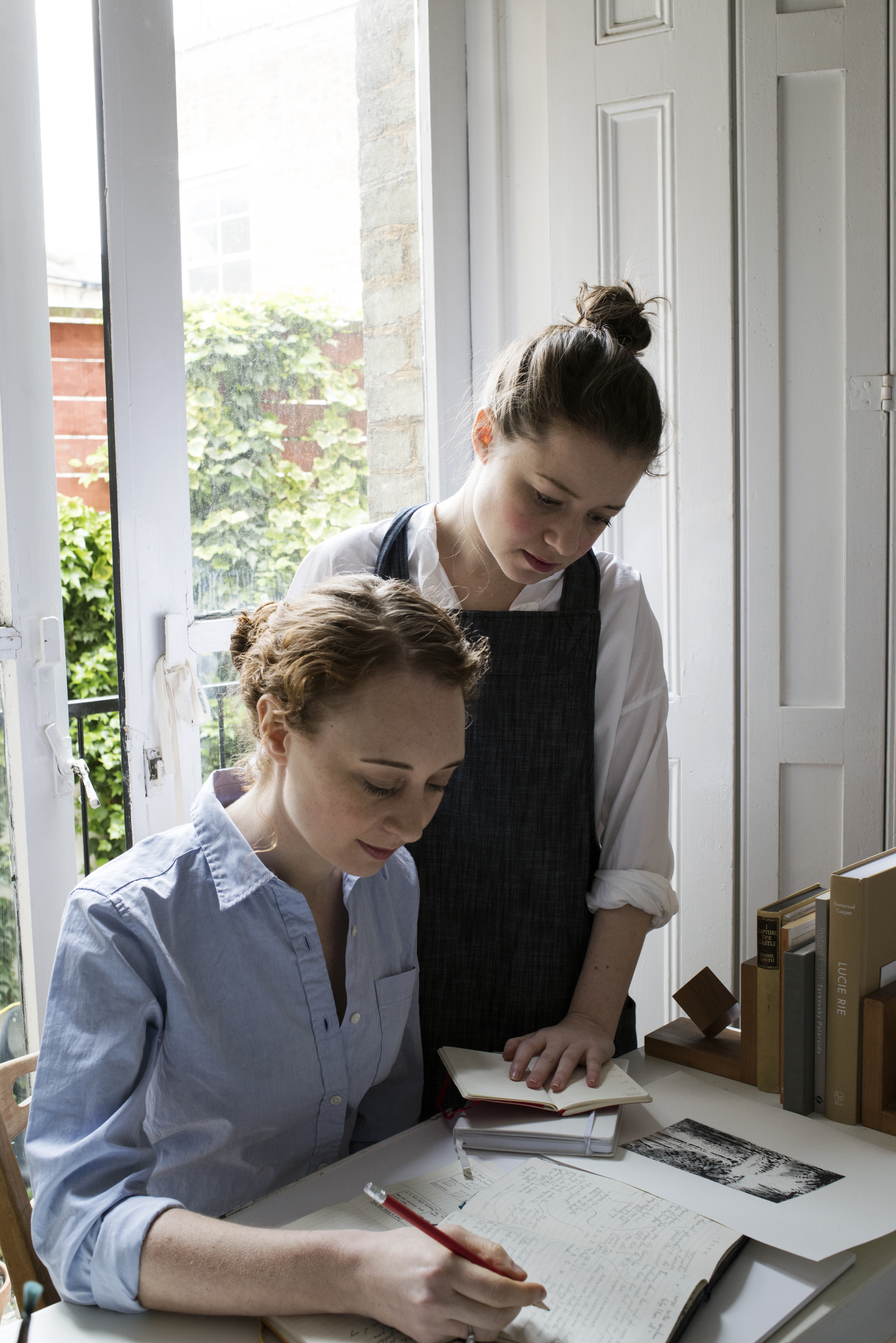
I loved reading Helen’s choices – very sensitive and astute.
A great selection indeed :0)
[…] http://librarymice.com/fabulous-five-helen-stephens-presents-five-fabulous-picture-books-to-make-you… […]